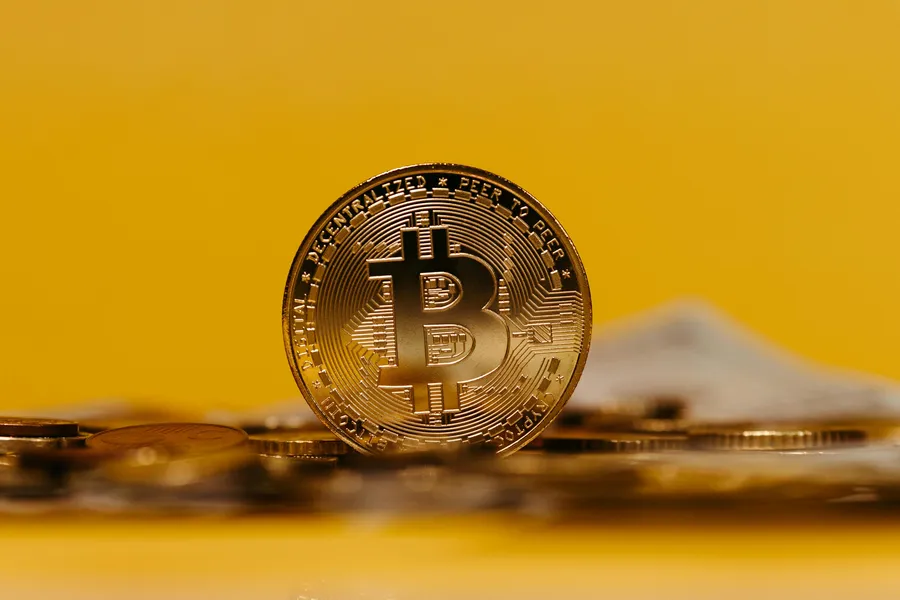How Does Trust Wallet Cryptocurrency Wallet Work? — Trust Wallet, Binance, Mobile Wallet

Title: The Not-So-Secret World of Trust Wallet: A Skeptic’s Guide to Crypto Security
Introduction: Welcome to my TED Talk on Trust Wallet. No, not the kind where everyone claps at the end. This is more like a “bravo, you didn’t get scammed today” kind of situation. So sit tight, buckle up, and prepare for an adrenaline-filled ride through the world of cryptocurrency wallets—and the perils that lurk within.
- Who Runs This Joint?
You might think Trust Wallet is some independent, Swiss bank-like fortress for your digital doughnut. But guess who owns it? Yup, you got it: Binance. That’s right, the same exchange that’s had more regulatory red flags than a Chinese fire drill. It’s like hiring the guy who robbed your house to watch over it while you’re away.
- Keys, Keys Everywhere!
The beauty of cryptocurrencies lies in their decentralization—they’re not controlled by any central authority. But with Trust Wallet, it seems that concept went right out the window. It stores your private keys on your device, sure, but also synchronizes them with its servers. Talk about a recipe for disaster.
Imagine this: you’re strolling through the park, enjoying nature’s beauty when suddenly… your phone falls into the hands of a sneaky stranger. They now have access to your private keys because Trust Wallet so graciously decided to save them in its little black book. And guess what? Your crypto doughnut just got pilfered!
- Smart Contracts: The Wolf in Sheep’s Clothing
Now, let’s talk smart contracts. They’re like digital leashes for your cryptocurrencies—they ensure everything happens as intended without any middlemen. But Trust Wallet isn’t just holding the leash; it’s also deciding which way to pull!
Remember DeFi Kingdoms? A popular game-fi platform that turned out to be a hot mess of exploits and buggy smart contracts. Many users relied on Trust Wallet for their interactions with this project, blindly trusting it not to trip over its shoelaces. And trip it did! Users lost millions.
- NFTs: A Fickle Friend
Non-Fungible Tokens (NFTs) are the shiny new objects of the crypto world—unique digital assets, often associated with art and collectibles. Trust Wallet jumped on this bandwagon like a kid on a candy store, but here’s the catch: their NFT functionality is only available on Ethereum and Binance Smart Chain (BSC).
Think of it as having a multi-lingual translator who can only speak two languages in a world teeming with countless dialects. This narrow focus leaves many potential buyers, sellers, and creators out in the cold.
- Is It Really “Decentralized”?
Remember, the whole point of cryptocurrencies is to be decentralized—to give power back to the people. But Trust Wallet seems to have forgotten this key principle. Its deep ties with Binance and centralized storage model undermine the very essence of what makes crypto so appealing: autonomy and self-sovereignty.
Conclusion:
So there you have it, folks—a whirlwind tour through Trust Wallet’s delightful world of crypto security. While others may paint rosy pictures of this wallet, I prefer to keep things real. After all, knowledge is power, and knowing how things work—or don’t work—is half the battle in this wild, unpredictable world of digital doughnuts and leashes.
Remember, dear readers, stay skeptical, stay vigilant, and always, always double-check before you click “send.” Your crypto doughnut depends on it!









